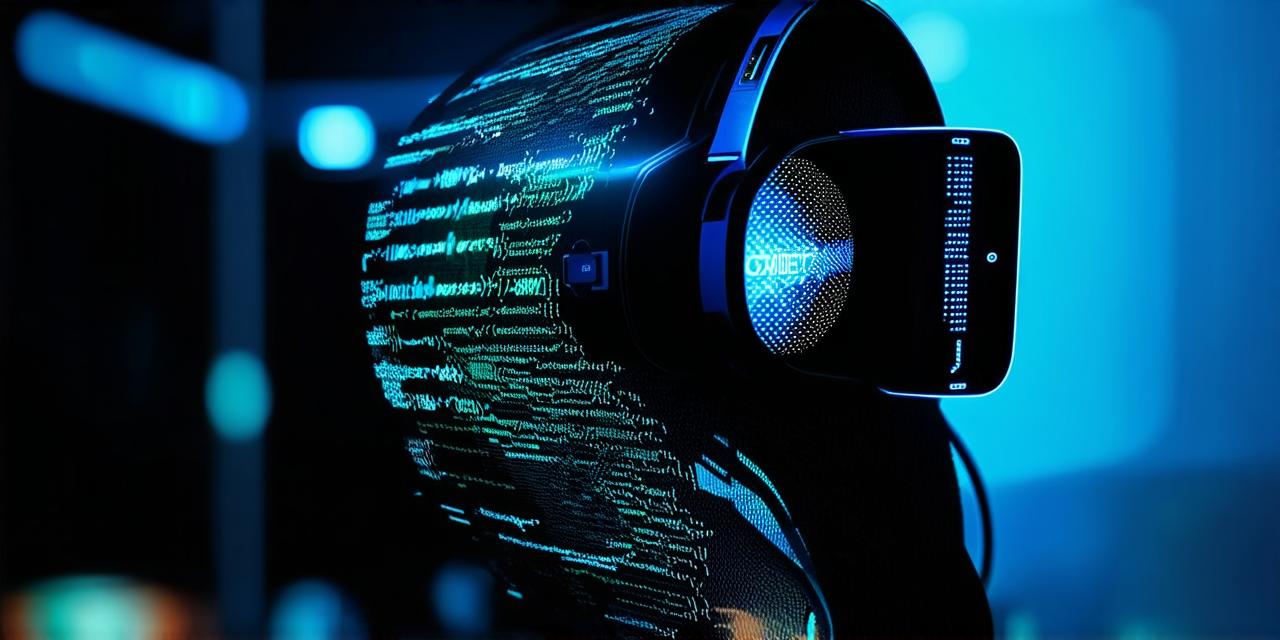Mixed reality (MR) is a technology that blends virtual elements into the real world, allowing users to interact with both physical and digital objects. In the metaverse, mixed reality has the potential to revolutionize how we interact with each other and our surroundings.
What is Mixed Reality in the Metaverse?
Mixed reality in the metaverse refers to the integration of virtual elements into the real world using advanced technology such as augmented reality (AR) and virtual reality (VR). In this context, the metaverse refers to a shared virtual space where people can interact with each other and their surroundings in a more immersive way than traditional online platforms.
In mixed reality, users can see, touch, and manipulate both physical and digital objects. This allows for a more seamless and natural interaction between the real world and virtual elements, creating a more realistic and engaging experience.
Applications of Mixed Reality in the Metaverse
Mixed reality has many potential applications in the metaverse, including:
-
Education and Training: Mixed reality can be used to create interactive and immersive educational experiences that allow learners to visualize complex concepts and interact with virtual objects in a safe and controlled environment. This can help improve understanding and retention of information.
-
Gaming and Entertainment: Mixed reality can enhance gaming and entertainment experiences by allowing players to interact with virtual objects and environments in a more realistic and engaging way. This can create a more immersive and interactive experience for gamers.
-
Collaboration and Communication: Mixed reality can facilitate collaboration and communication between people in different locations by allowing them to interact with each other and their surroundings in real time. This can help reduce the need for physical presence and travel, making it easier for people to work together.
-
Shopping and Retail: Mixed reality can be used to create virtual shopping experiences that allow customers to try on clothes, visualize furniture in their homes, and interact with products in a more immersive way. This can help improve the shopping experience and increase sales.
-
Healthcare and Medicine: Mixed reality can be used to create realistic simulations of surgical procedures and medical training, allowing doctors and nurses to practice and perfect their skills in a safe and controlled environment. This can improve patient outcomes and reduce the risk of errors during surgery.
Challenges and Limitations of Mixed Reality in the Metaverse
Despite its potential, mixed reality in the metaverse also faces several challenges and limitations, including:
-
Cost and Accessibility: Mixed reality technology can be expensive to develop and maintain, which may limit accessibility for some users. Additionally, not all devices or platforms support mixed reality, which can create fragmentation and compatibility issues.
-
Privacy and Security: As with any technology that involves the collection and processing of personal data, mixed reality in the metaverse raises concerns about privacy and security. Users must be assured that their data is protected and that they have control over how it is used.
-
Regulation and Standardization: Mixed reality in the metaverse may require regulation and standardization to ensure interoperability between different platforms and devices, as well as to address safety and ethical concerns.
-
User Experience: While mixed reality has the potential to create a more immersive and engaging experience, it can also be disorienting or overwhelming for some users, particularly those with sensitivity to motion sickness or other visual effects.
Summary
Mixed reality in the metaverse represents an exciting opportunity for new forms of interaction and collaboration, but it also presents several challenges and limitations that must be addressed. As the technology continues to evolve, it will be important to ensure that it is developed and deployed in a responsible and ethical way that benefits all users.



